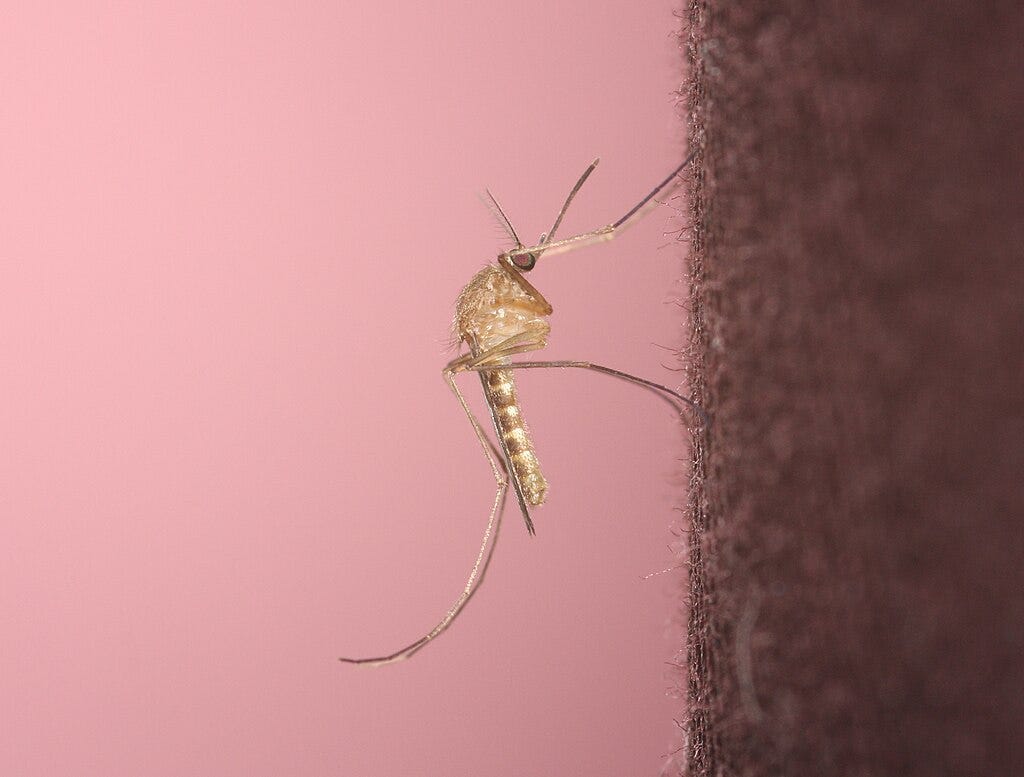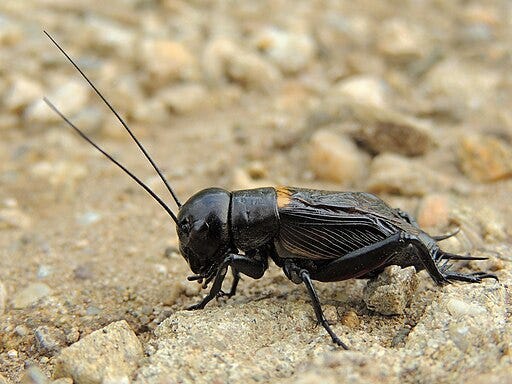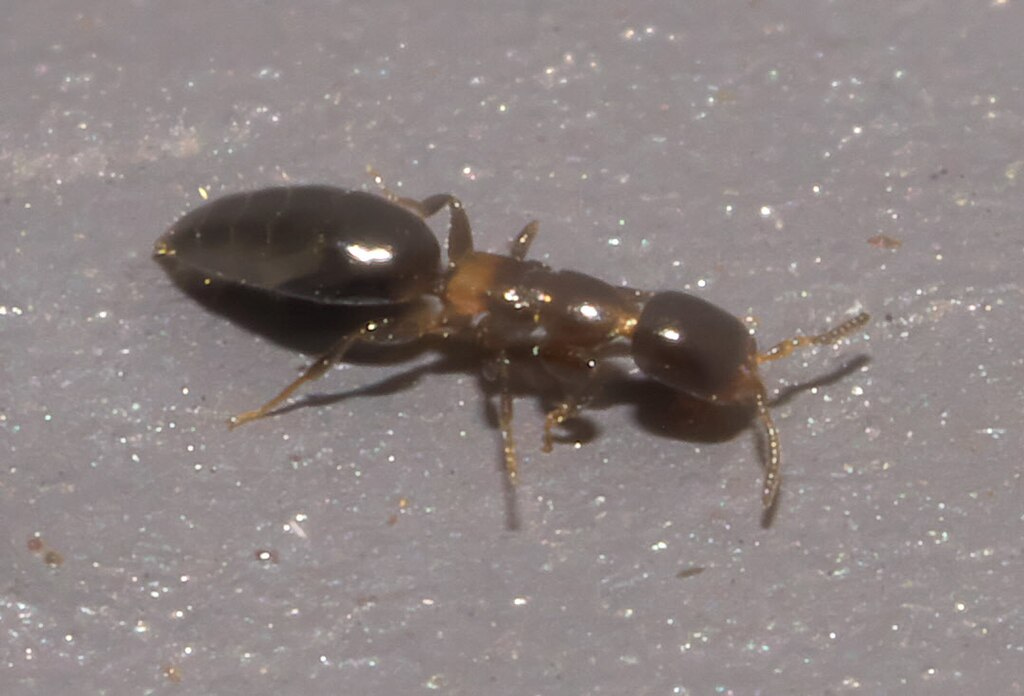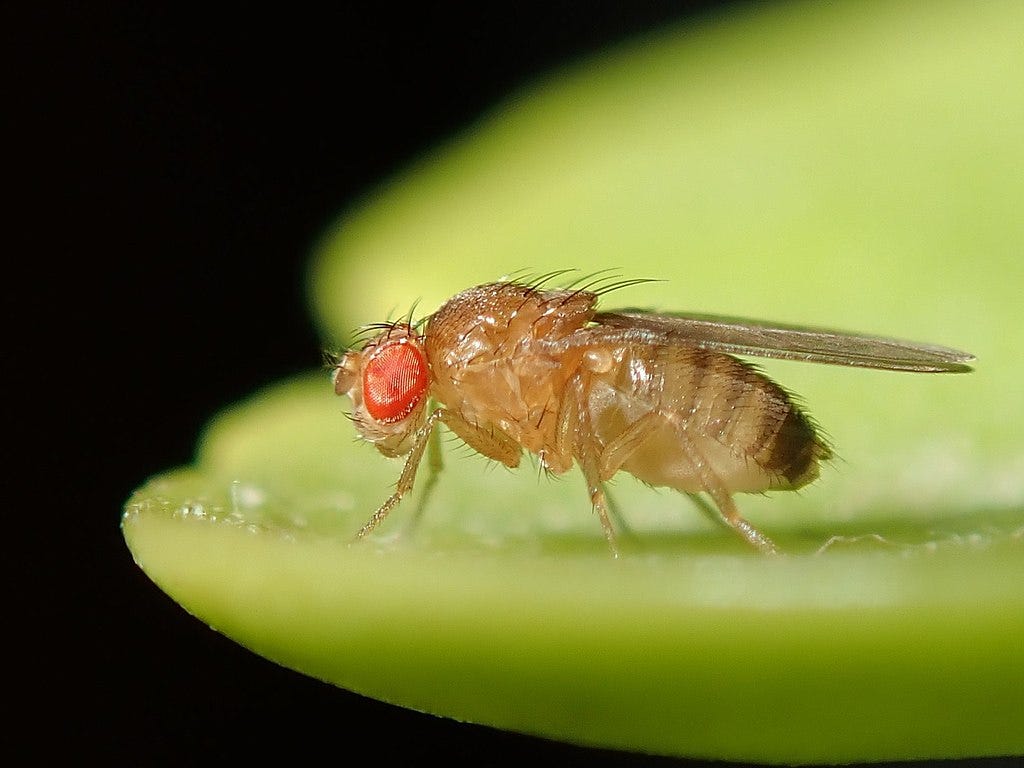Insect Science Highlights is where I gather and share the latest discoveries in the field of entomology.
If you come across any fascinating research in the future, feel free to share it with me.
Below, you’ll find brief summaries of each study, and references are listed at the end for further reading.
Hard exoskeleton of beetles as armour against avian predators
Demonstrated the defensive role of the robust exoskeleton in beetles, reducing predation by birds.
Flower chafers (Cetoniinae) exhibit tougher exoskeletons than other scarabs, improving survival in complex environments.
Field and lab experiments confirm that exoskeleton rigidity aids in physical defense and visual deterrence against predators.
The first author is Wataru Kojima.
Light pollution disrupts seasonal reproductive phenotypes and reduces lifespan in the West Nile vector, Culex pipiens

Investigated the effects of artificial light at night (ALAN) on blood-feeding, fecundity, and survival in Culex pipiens under different photoperiods.
Females exposed to ALAN in long-day conditions had reduced blood-feeding but increased fecundity, with no impact on lifespan.
ALAN exposure under short-day conditions decreased survival, highlighting its role as an urban stressor that may influence mosquito reproduction and lifespan.
The first author is Maria A. Fiorta.
Behavioural thermoregulation compensates for changes in solar insolation in a wild insect
Investigated how changes in cloud cover affect thermoregulation and development in ectothermic field crickets (Gryllus campestris).
Shaded crickets adjusted their behavior by basking in sunlit areas, compensating for reduced solar radiation, with minimal effects on growth and development time.
Behavioral flexibility may help ectotherms adapt to changing solar insolation, though it may increase exposure to risks like predation.
The first author is Alexandra S. Gardner.
Cofoundress association time affects clutch size contributions in a quasisocial parasitoid
Studied clutch size decisions of group-reproducing female parasitoids (Sclerodermus) in response to conspecific presence before oviposition.
Foundresses adjusted clutch size based on the duration of association with cofoundresses, anticipating competition and ensuring sufficient resources for offspring.
Longer associations led to smaller clutches but larger offspring, reflecting strategic reproduction within group dynamics.
The first author is Rina Zhao.
Ecdysone promotes gene- and pathogen-specific immune responses to Micrococcus luteus and Bacillus subtilis in Drosophila S2 cells
Investigated the role of 20-hydroxyecdysone (20E) in immune signaling and antimicrobial peptide (AMP) gene expression using Drosophila S2 cells.
20E alone has minimal effect, but its pretreatment enhances AMP gene induction (e.g., Diptericin, Drosomycin) depending on specific bacterial interactions.
The immune response varies with the pathogen type, highlighting a gene- and pathogen-specific interplay of 20E in immune regulation.
The first author is Mona Ghassah.
Ref.
Kojima, W., Hidaka, K., Koizumi, S., Murayama, Y., & Nakata, T. (2024). Hard exoskeleton of beetles as armour against avian predators. Animal Behaviour, 218, 163–172. https://doi.org/10.1016/j.anbehav.2024.10.007
Fiorta, M. A., Fyie, L. R., & Meuti, M. E. (2024). Light pollution disrupts seasonal reproductive phenotypes and reduces lifespan in the West Nile vector, Culex pipiens. Journal of Insect Physiology, 159, 104725. https://doi.org/10.1016/j.jinsphys.2024.104725
Gardner, A. S., Li, R., Jones, J., Rogers, R., Townsend, M., Rodríguez-Muñoz, R., Hopwood, P. E., Maclean, I. M. D., & Tregenza, T. (2024). Behavioural thermoregulation compensates for changes in solar insolation in a wild insect. Animal Behaviour, 218, 229–238. https://doi.org/10.1016/j.anbehav.2024.10.015
Zhao, R., Guo, X., Hardy, I. C. W., & Li, B. (2024). COFOUNDRESS association time affects clutch size contributions in a quasisocial parasitoid. Animal Behaviour, 218, 275–281. https://doi.org/10.1016/j.anbehav.2024.10.017
Ghassah, M., Polunina, Y. A., Chmykhalo, V. K., Lebedeva, L. A., Shidlovskii, Y. V., & Kachaev, Z. M. (2024). Ecdysone promotes gene- and pathogen-specific immune responses to micrococcus luteus and bacillus subtilis in drosophila S2 cells. Journal of Insect Physiology, 159, 104710. https://doi.org/10.1016/j.jinsphys.2024.104710
I created this newsletter both for myself,
and for readers who are also iterested in the science about insects.







